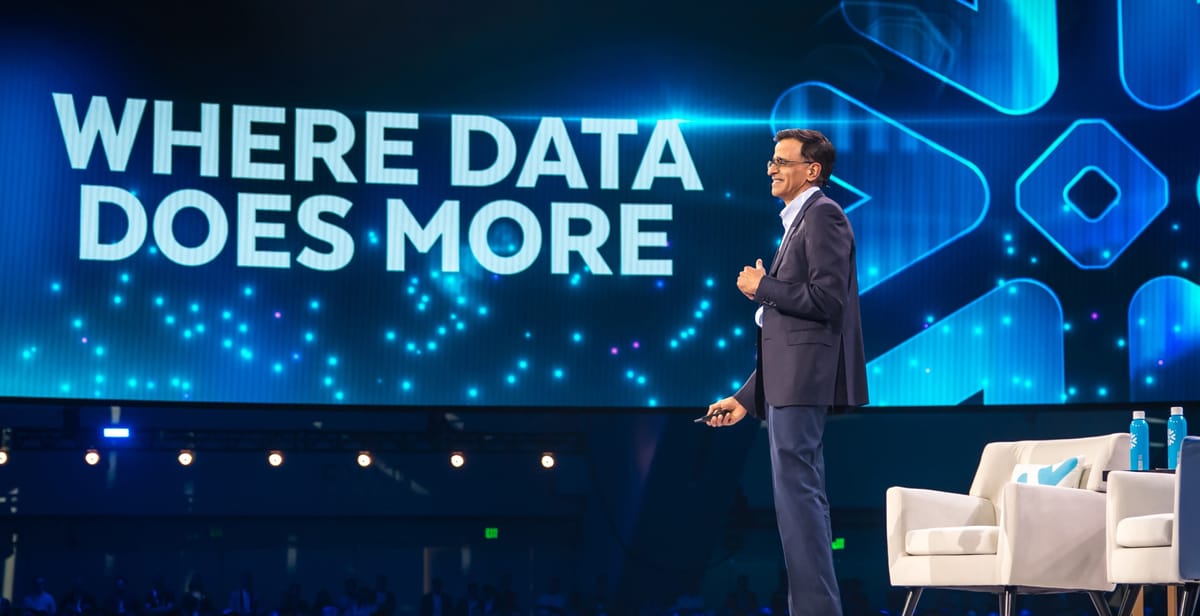
At its 2025 Summit, Snowflake unveiled a sprawling suite of updates — from generative AI agents to self-managing compute — marking its boldest attempt yet to redefine the modern data stack.
Key Points
- AI is now built into SQL, apps, and pipelines — making business data natively "talkable" via Snowflake Intelligence and Cortex AI.
- Adaptive Compute and Openflow simplify infrastructure and data movement, boosting performance while slashing overhead.
- A new wave of agentic products and marketplace integrations signal Snowflake’s ambitions to be the OS for enterprise AI.
“Snowflake is where data does more,” CEO Sridhar Ramaswamy declared on stage at this year’s Snowflake Summit — and for once, that slogan feels less like marketing fluff and more like a manifesto. The company rolled out an almost overwhelming set of announcements aimed at turning Snowflake into not just a warehouse for data, but a living platform for AI-native applications and workflows.
Here are the top five product announcements from Snowflake Summit 2025:
1. You Can Now Talk to Your Data — Literally
The biggest news? Snowflake Intelligence, a new agentic experience built into the platform that lets business users query data with natural language and take actions based on the insights in plain English. Think ChatGPT for your company’s sales dashboards, support tickets, and Slack logs — but with enterprise-grade governance. It's accessible through a dedicated portal at ai.snowflake.com.
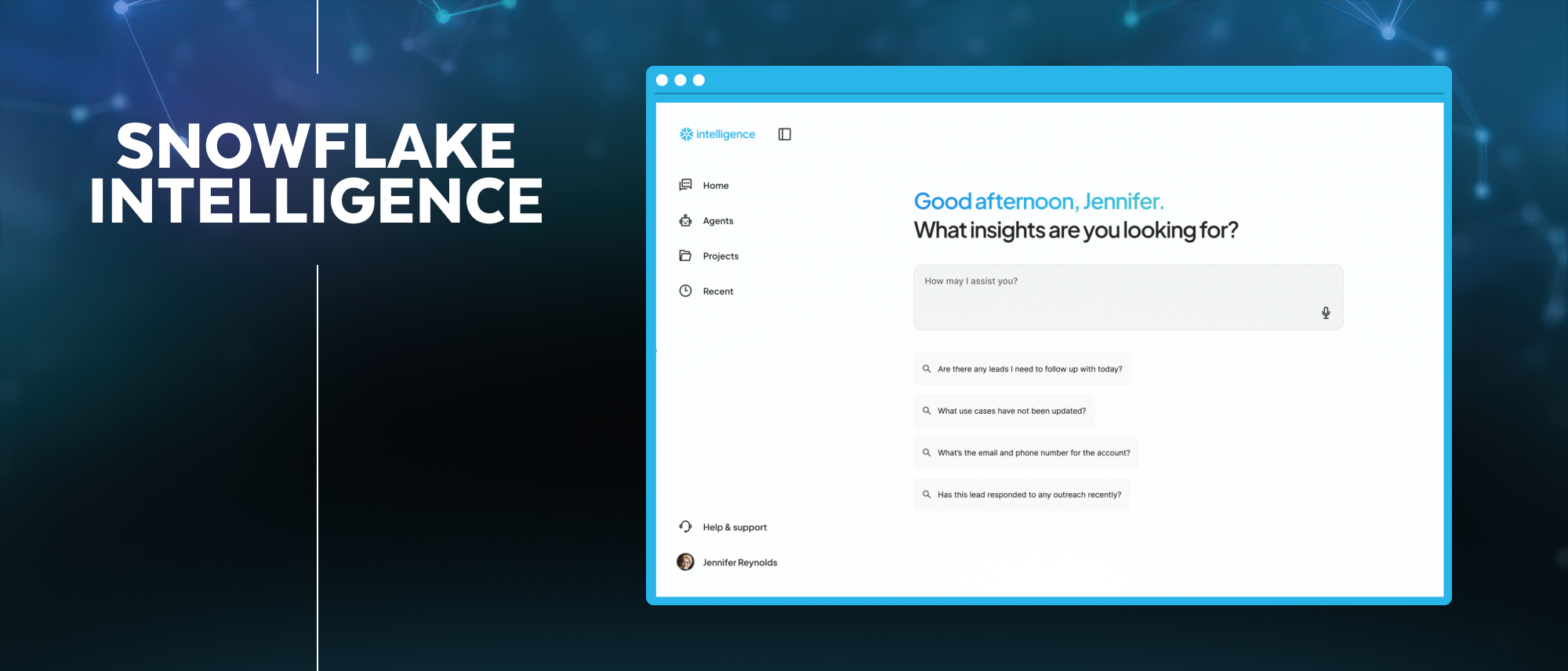
It’s powered by Cortex Agents, Snowflake’s orchestration layer for multistep reasoning across structured and unstructured data. The live demo was impressive: when asked about sales underperformance in the West region, the system didn't just query tables — it pulled relevant Slack conversations, identified inventory issues, and even drafted follow-up emails to the marketing team. All while respecting existing role-based access controls and data masking policies.
The secret sauce is governance inheritance. Unlike AI platforms that require recreating security policies, Intelligence automatically honors Snowflake's existing access controls — potentially removing a major barrier to enterprise AI adoption.
2. AISQL Brings GenAI Natively into Your Queries
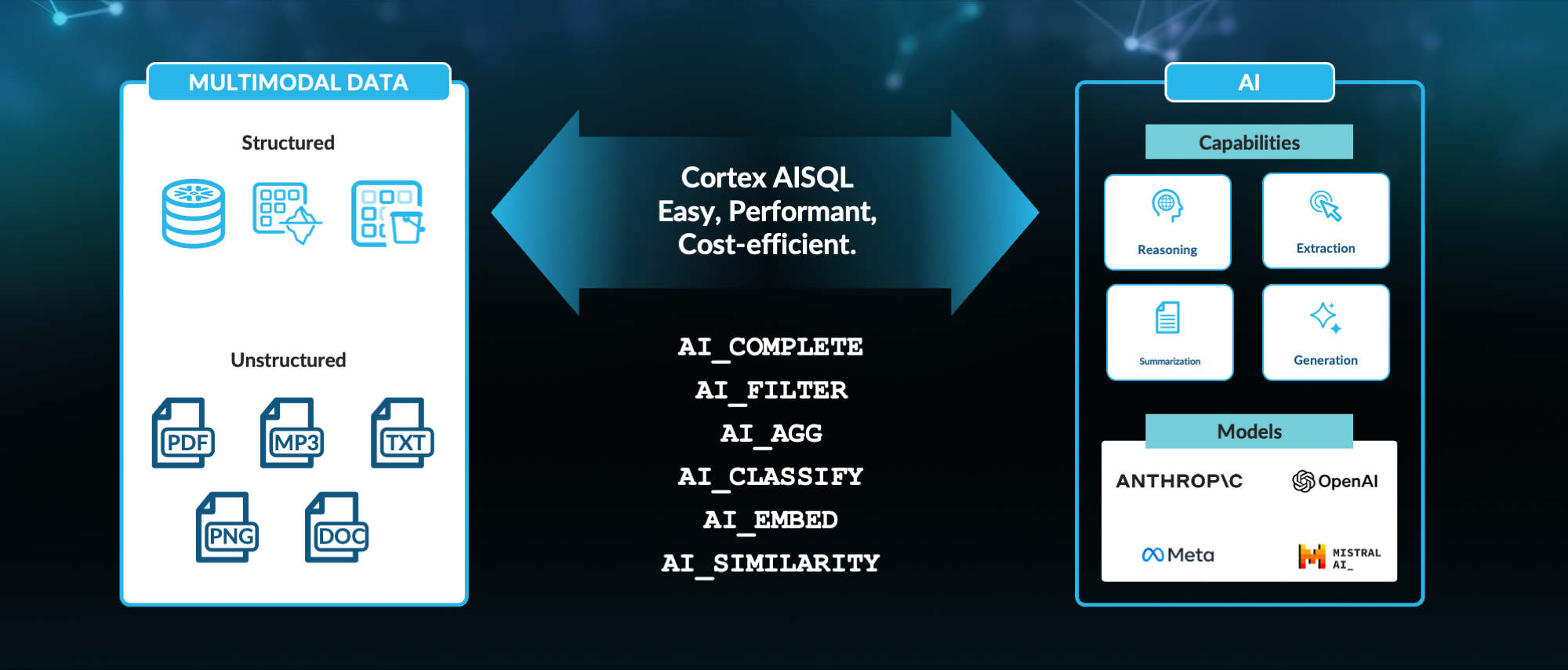
Cortex AISQL embeds AI operations directly into SQL as native functions like AI_FILTER, AI_CLASSIFY, and AI_AGG. This means analysts can now process images, documents, and audio using familiar database syntax — no specialized AI tooling required.
Need to match resumes to job descriptions? A semantic JOIN can handle it. Want to analyze customer sentiment across support tickets? AI_CLASSIFY does the work. The system claims up to 70% performance improvements over traditional AI pipelines by running everything within Snowflake's optimized engine.
It's Snowflake's boldest bet on democratizing AI: putting LLM capabilities in the hands of millions of existing SQL users without forcing them to learn new tools.
3. Adaptive Compute Is the Anti-Kubernetes
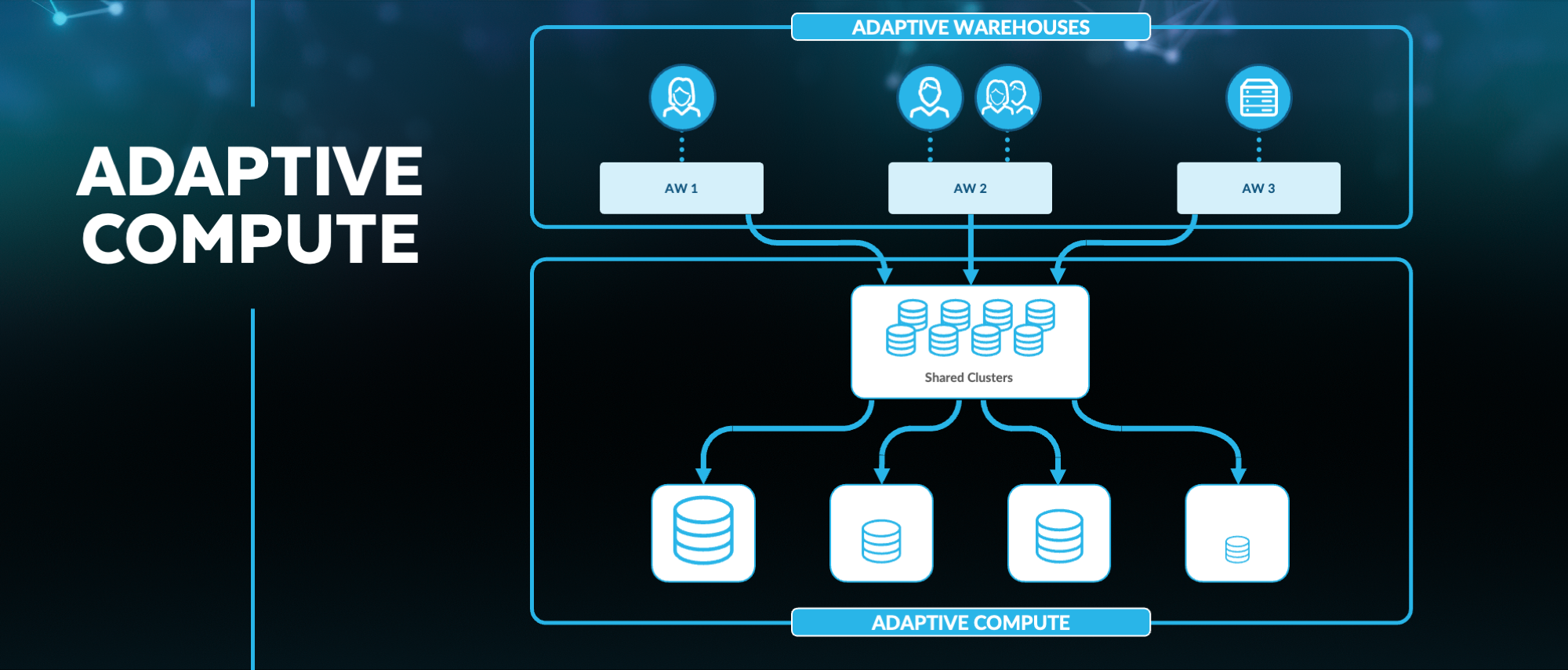
Managing data warehouse capacity just got a lot simpler. Adaptive Compute automatically handles cluster sizing, concurrency settings, and query routing — eliminating the expertise and ongoing tuning that typically bog down data teams.
Combined with Generation 2 virtual warehouses, customers are seeing 2.1x faster performance for core analytics workloads, with some operations improving 4x. Pfizer, an early tester, reports "outsized performance improvements" while consolidating multiple warehouses into a shared resource pool.
The conversion process requires zero downtime and no code changes — a crucial detail for risk-averse enterprise customers.
4. Openflow Solves the AI Data Pipeline Mess
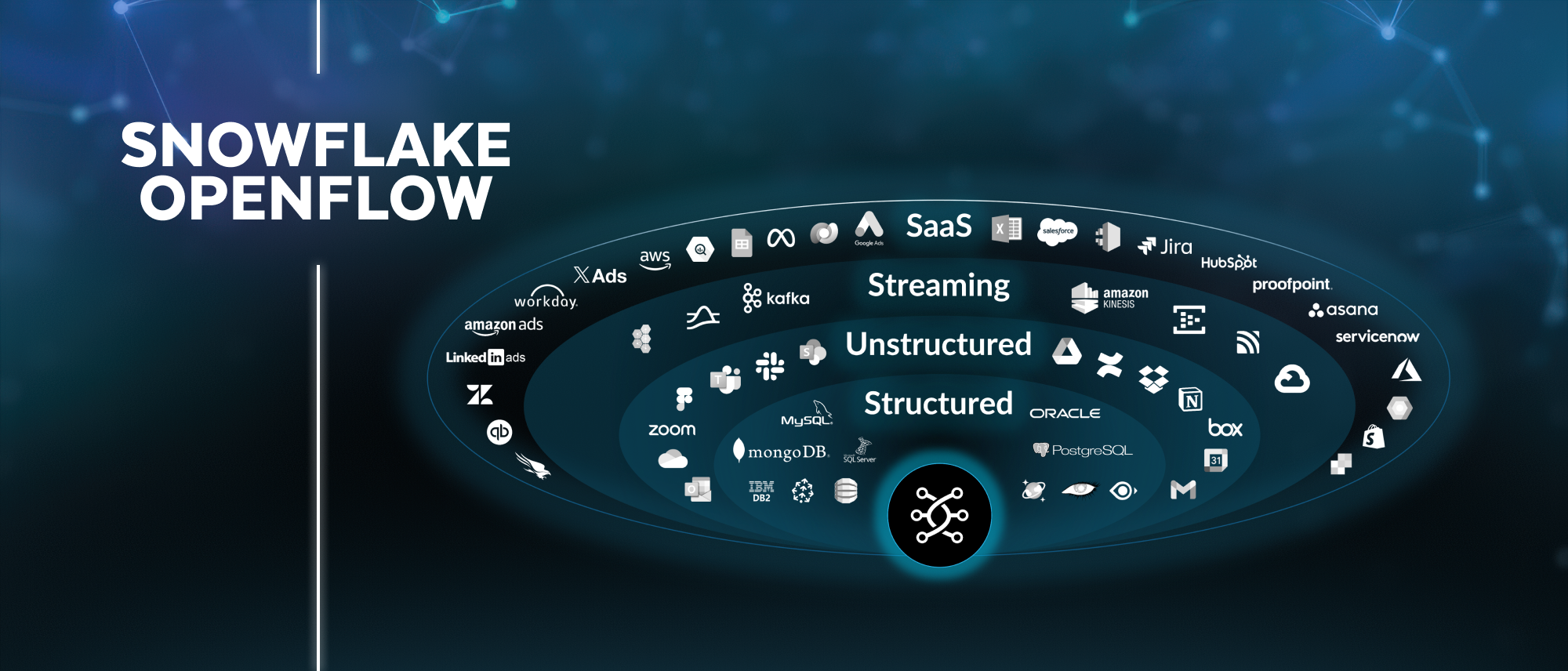
One of the Summit’s stealth stars was Snowflake Openflow. It tackles the fragmented world of data integration with a managed service that handles structured data, real-time streams, and unstructured content through a single platform. Built on Apache NiFi with enterprise governance baked in, it's designed specifically for AI workloads that need diverse data types.
The flexibility matters: customers can deploy it in their own VPC (BYOC) or let Snowflake manage it entirely. With 10GB/s streaming throughput and five-second query latency, it's built for the real-time AI applications that traditional ETL tools struggle with.
5. Apps, Agents, and Marketplaces — Snowflake Wants It All
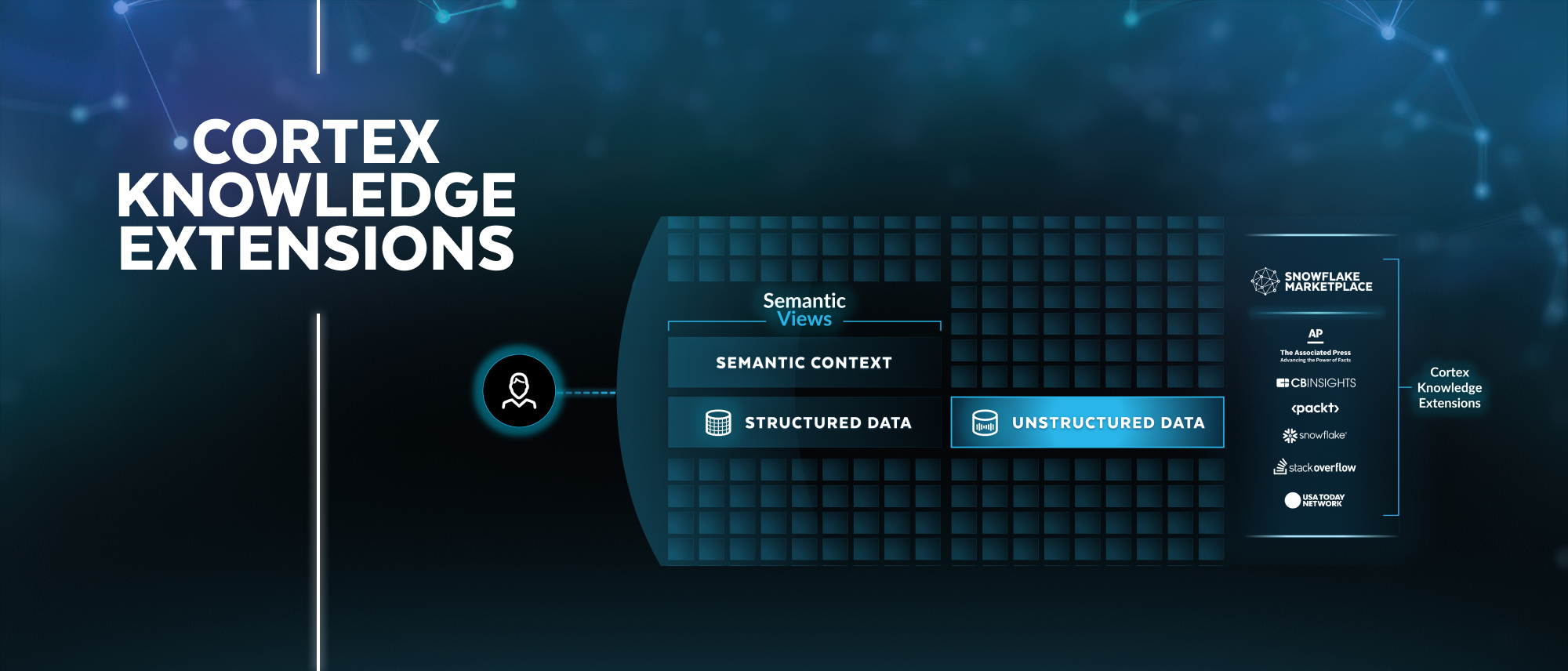
Snowflake’s ecosystem play is expanding fast. The company announced support for Agentic Products in its Marketplace — allowing vendors to ship AI-native apps that run directly in customers’ Snowflake environments without data ever leaving.
With new Cortex Knowledge Extensions, customers can blend external sources (like AP, Stack Overflow, or CB Insights) with internal data for more powerful agentic experiences.
The marketplace strategy feels less like an app store and more like an operating system for enterprise AI — where third-party models, data, and business logic all live under one interoperable roof.
The Big Picture
Snowflake’s AI push isn’t just about adding features — it’s a structural bet on a future where AI is embedded in every business decision, every workflow, every query. By turning its data cloud into a canvas for intelligent agents and multimodal pipelines, Snowflake is offering enterprises a way out of the AI-infrastructure mess.
Of course, success will depend on adoption — and whether Snowflake’s traditionally conservative customer base is ready to move beyond dashboards and batch jobs, and embrace conversational, AI-driven workflows. But if the past year was about AI experimentation, Summit 2025 marked Snowflake's decisive shift toward AI as the default mode of business intelligence.

